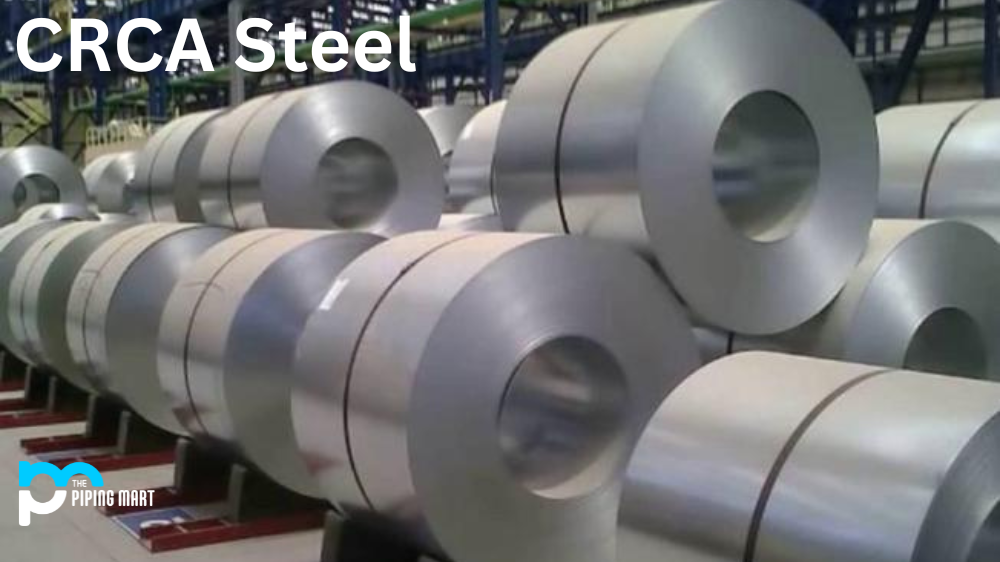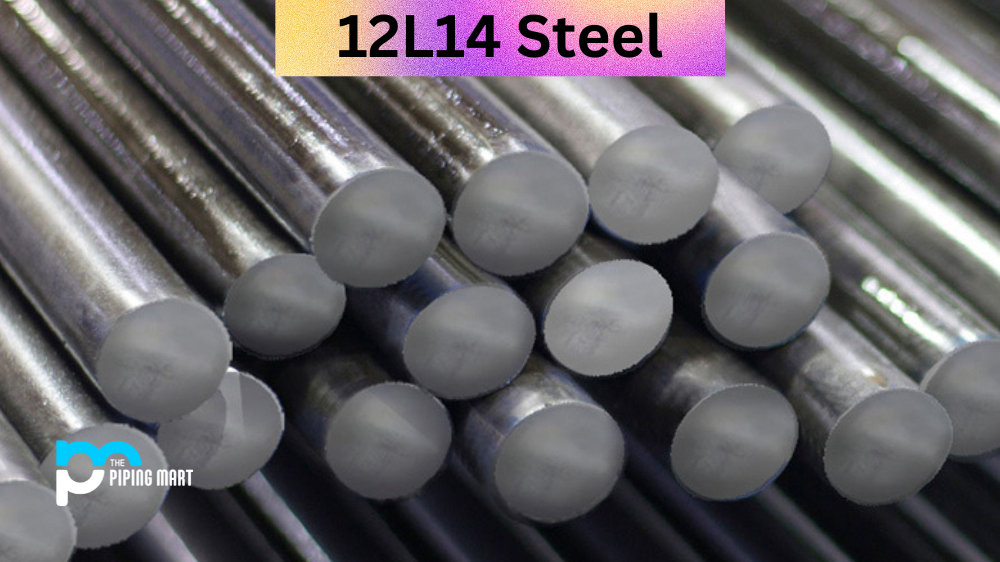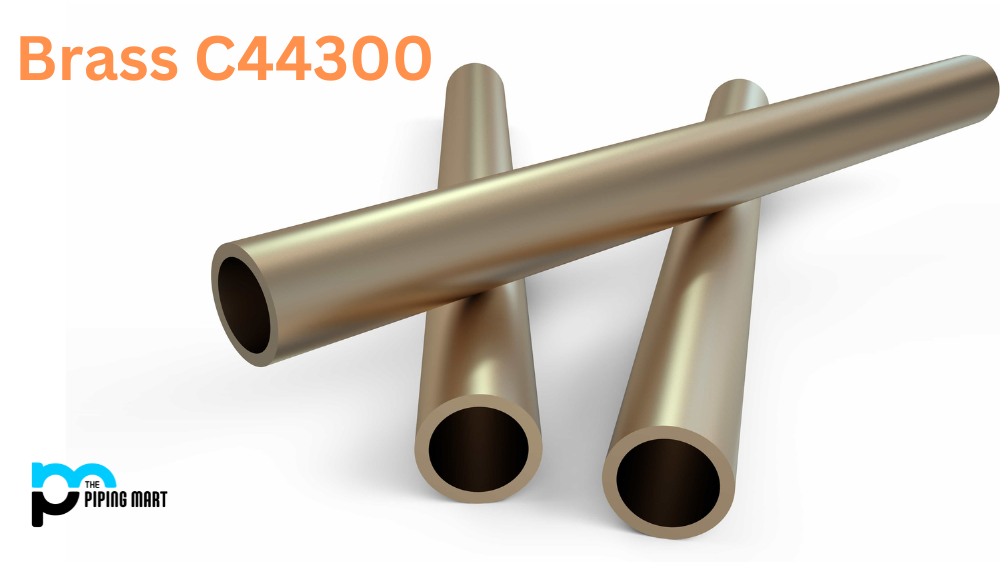This blog looks closely at CRCA steel and explores its composition, properties, uses, machining, welding, and heat treatment.
What is CRCA steel?
CRCA, also known as Cold Rolled Close Annealed Steel, is a widely used steel variant in various industries, including automotive, construction, and manufacturing. It is popular amongst engineers, architects, and metallurgists for its high strength, ductility, and excellent surface finish.
CRCA Steel Composition
CRCA steel is a type of low-carbon steel that has undergone a series of processes to enhance its properties. It is made by rolling hot rolled steel through a cold reduction process, followed by annealing to produce a uniform, fine-grained structure. The typical composition of CRCA steel includes iron, carbon, silicon, manganese, and phosphorus. The carbon content ranges from 0.05% to 0.25%, making it mild steel with excellent weldability and formability.
CRCA Steel Mechanical Properties
CRCA steel has high tensile strength, which makes it suitable for applications that require superior strength and durability. The typical tensile strength of CRCA steel ranges from 270 to 410 MPa. Additionally, it has a good elongation value of up to 30%, meaning it can withstand significant deformation without fracturing.
CRCA Steel Physical Properties
CRCA steel has a smooth surface finish due to the cold rolling process. The surface is impurities-free, and the uniform structure ensures excellent corrosion resistance. It has a high yield strength-to-density ratio, making it a lightweight but strong material. It is also a good conductor of heat and electricity due to its pure composition.
CRCA Steel Uses
CRCA steel is used in various applications, including automotive body parts, construction beams, panels, roofing, and general engineering applications. Its high strength and excellent formability makes it suitable for stamping, pressing, and bending operations. Its superior surface quality means it is also used to produce consumer goods, such as appliances and household items.
CRCA Steel Corrosion Resistance
CRCA steel has excellent resistance to oxidation and atmospheric corrosion, which is why it is the preferred material for outdoor applications. It is also rust-resistant, a common issue with other steel types. However, to ensure optimum corrosion resistance, it is important to protect the surface with a protective coating, such as paint or zinc plating.
CRCA Steel Heat Treatment
Heat treatment is not required for CRCA steel due to its homogeneous structure. However, annealing is carried out to improve its formability and machinability. The annealing process involves heating the steel to a specific temperature and slowly cooling it to room temperature. This process removes residual stresses and refines the grain structure, producing a more uniform material.
CRCA Steel Machining
CRCA steel is easy to machine due to its low carbon content. Machining is also easy, as it does not harden significantly during processing, making it suitable for drilling, milling, and turning.
CRCA Steel Welding
CRCA steel is easy to weld due to its low carbon content. It can be welded using common welding techniques like MIG and TIG welding. However, preheating the material before welding is essential to avoid cracking or deformation.
Conclusion
CRCA steel is a highly versatile steel variant suitable for various industrial applications. Its unique properties, including excellent formability, strength, and corrosion resistance, make it an ideal choice for outdoor and industrial applications. Understanding its composition, properties, uses, and heat treatment is essential to ensure optimal performance and longevity. With its easy machinability and weldability, CRCA steel remains a top choice for engineers and manufacturers worldwide.

Abhishek is a seasoned blogger and industry expert, sharing his insights and knowledge on various topics. With his research, Abhishek offers valuable insights and tips for professionals and enthusiasts. Follow him for expert advice on the latest trends and developments in the metal industry.




